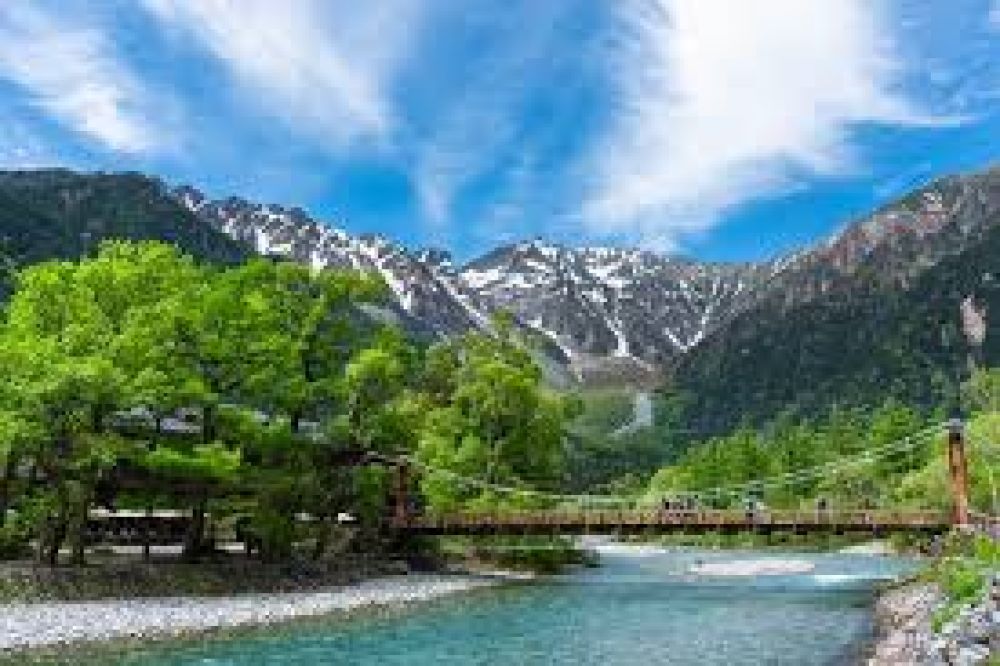

The history of tourism in Kamikochi can be traced back to the late 19th century when it began to be recognized for its breathtaking natural beauty. It was Reverend Walter Weston, an English missionary and mountaineer, who played a pivotal role in introducing Kamikochi to the world. His love for the Japanese Alps led him to write a book titled "Mountaineering and Exploration in the Japanese Alps," which was published in 1896. This book highlighted Kamikochi's scenic landscapes and spurred interest among both Japanese nationals and foreigners.
In 1915, the Kamikochi Imperial Hotel was established, further paving the way for tourism development in the area. Since then, Kamikochi has become a cherished national park, often referred to as the "Japanese Yosemite" because of its impressive mountain scenery reminiscent of the famous US National Park.
In 1985, Kamikochi was designated as a Special Place of Scenic Beauty and a Special Natural Monument. The area has been protected under strict conservation laws, which help maintain its pristine condition.
Kamikochi is popularly known for its walking and hiking trails which cater to various levels of fitness. Visitors are enamored by the clear waters of the Azusa River, the iconic Kappa Bridge, and the surrounding high mountain peaks, including the formidable Hotaka and Yari peaks. Other highlights include the Taisho Pond and Myojin Pond, which offer some of the most stunning reflections of the dramatic mountain backdrop.
In recent years, tourism trends in Kamikochi have been influenced by a growing recognition of the importance of sustainable travel. Local businesses and tourism operators are increasingly focusing on providing eco-friendly services and promoting environmental awareness among visitors.
Another trend is the rise of digital engagement, with more visitors sharing their experiences online, which amplifies interest in Kamikochi's natural wonders. Virtual tours, social media campaigns, and influencer marketing have played significant roles in boosting the park's presence on the global stage.
The desire for authentic and immersive experiences has also led to a new trend in local cultural tours, including opportunities to learn about traditional Japanese customs and crafts from local artisans, thus enriching the tourism offering of Kamikochi beyond its natural appeal.